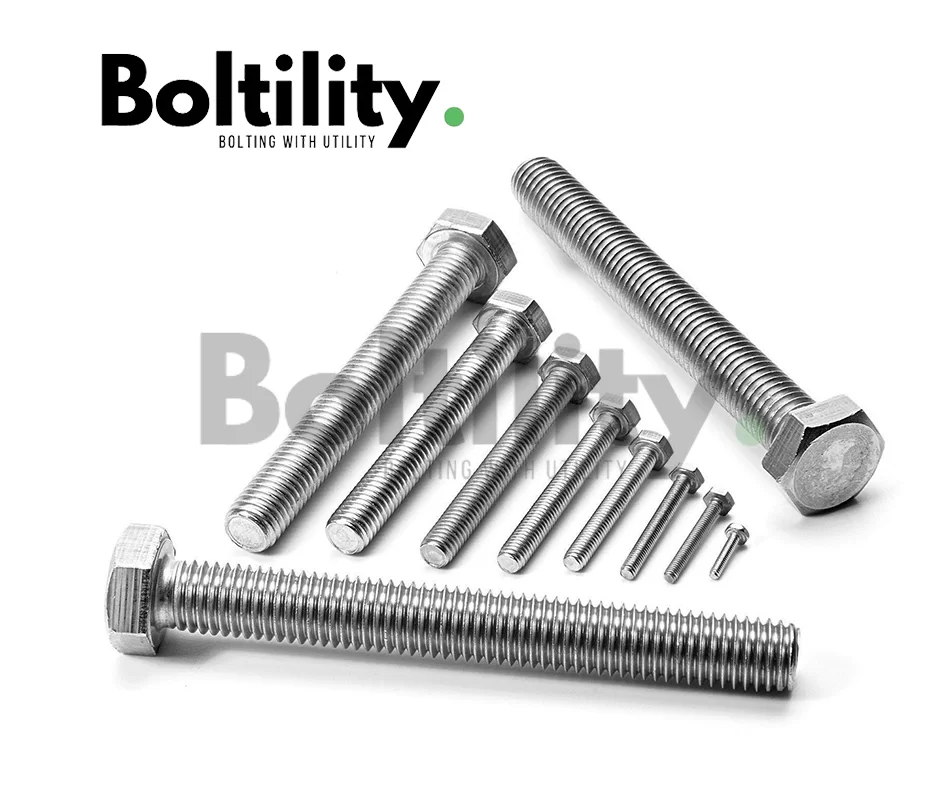In construction and engineering, the choice of fasteners and anchors plays a crucial role in ensuring the stability, strength, and durability of structures. Shear studs, drop-in anchors, self-drilling screws, and anchor bolts are integral components used in various applications, from securing structural elements to anchoring fixtures. This article provides a comprehensive overview of these essential fasteners, their applications, benefits, and considerations for use in construction projects.
- Shear Studs
1.1. What are Shear Studs?
Shear studs, often referred to as shear connectors, are metal components welded to structural steel to provide a strong connection between steel beams and concrete slabs. They play a crucial role in composite construction, where concrete and steel work together to support loads.
1.2. Applications of Shear Studs
Composite Structures: Shear studs are used in composite slabs and beams to transfer shear forces between the concrete and steel elements. This enhances load distribution and improves the overall strength of the structure.
Bridges and Buildings: Commonly used in the construction of bridges and high-rise buildings where composite materials are employed to achieve greater load-bearing capacity.Drop In Anchor
Reinforcement: Essential in reinforcing existing structures by adding shear connectors to improve their load-carrying capabilities.
1.3. Key Benefits of Shear Studs
Enhanced Load Transfer: Shear studs improve the efficiency of load transfer between steel and concrete, leading to stronger composite structures.
Increased Strength: By providing a secure bond between different materials, shear studs contribute to the overall stability and load-bearing capacity of the structure.
Cost-Effectiveness: Composite construction using shear studs can reduce material costs and construction time by leveraging the strengths of both steel and concrete.
1.4. Installation of Shear Studs
Shear studs are typically installed using the stud welding process, which involves:
Preparation: Cleaning the surfaces to remove contaminants and ensure proper bonding.
Positioning: Placing the studs in the designated locations on the steel surface.
Welding: Using a stud welding machine to attach the studs to the steel, creating a strong, permanent connection.
- Drop-In Anchors
2.1. What are Drop-In Anchors?
Drop-in anchors are expansion anchors designed for use in concrete. They consist of a cylindrical metal sleeve that expands when a setting tool is used to drive an internal plug into the anchor, securing it in place. Drop-in anchors are commonly used for securing fixtures, supports, and equipment to concrete surfaces.
2.2. Applications of Drop-In Anchors
Fixtures and Supports: Ideal for anchoring fixtures such as shelves, brackets, and machinery to concrete walls or floors.
Construction and Renovation: Used in both new construction and renovation projects to provide secure anchoring in concrete surfaces.
Heavy Loads: Suitable for applications where high pull-out strength is required, such as in industrial settings or for structural supports.
2.3. Key Benefits of Drop-In Anchors
High Load Capacity: Provides strong holding power and is capable of supporting heavy loads in concrete applications.
Ease of Installation: Simple to install with a minimal number of tools, making them suitable for a wide range of applications.
Versatility: Can be used in various concrete thicknesses and types, offering flexibility for different construction needs.
2.4. Installation of Drop-In Anchors
Installing drop-in anchors involves the following steps:
Drilling: Drilling a hole of the correct diameter and depth into the concrete surface.
Inserting the Anchor: Placing the drop-in anchor into the drilled hole.
Setting: Using a setting tool to expand the anchor and secure it in place.
Fastening: Inserting a bolt or screw into the anchor to complete the installation.
- Self-Drilling Screws
3.1. What are Self-Drilling Screws?
Self-drilling screws, also known as self-tapping screws, are fasteners designed to drill their own hole as they are driven into a material. They are commonly used in metal-to-metal or metal-to-wood applications where drilling a pilot hole would be cumbersome.
3.2. Applications of Self-Drilling Screws
Metal Structures: Ideal for fastening metal sheets or components together without the need for pre-drilling holes.
Wooden Frameworks: Used in construction and woodworking for securing metal or wood elements.
Sheet Metal Work: Commonly used in HVAC installations, roofing, and other sheet metal applications.
3.3. Key Benefits of Self-Drilling Screws
Efficiency: Eliminates the need for pre-drilling, speeding up the installation process and reducing labor costs.
Versatility: Suitable for a wide range of materials, including metals and wood, offering flexibility for various applications.
Strong Connections: Provides a secure and tight connection, ensuring structural integrity.
3.4. Installation of Self-Drilling Screws
To install self-drilling screws:
Select the Right Screw: Choose a screw with the appropriate size and type for the material being fastened.
Drive the Screw: Use a power drill or screwdriver to drive the screw into the material. The screw’s cutting tip will create its own hole.
Ensure Proper Seating: Verify that the screw is fully seated and tightened to achieve a secure connection.
- Anchor Bolts
4.1. What are Anchor Bolts?
Anchor bolts are fasteners used to attach structural elements to a foundation or concrete base. They come in various shapes and sizes and can be used to secure columns, beams, and other structural components. Anchor bolts can be embedded in concrete during pouring or installed in pre-drilled holes.
4.2. Applications of Anchor Bolts
Structural Support: Used to anchor structural elements like columns, beams, and base plates to concrete foundations.
Equipment Installation: Secures machinery and equipment to concrete bases in industrial settings.
Reinforcement: Provides additional stability to existing structures by anchoring reinforcement elements.
4.3. Key Benefits of Anchor Bolts
High Strength: Provides a strong and reliable connection between structural elements and concrete foundations.
Versatility: Suitable for a wide range of applications and can be used in various concrete thicknesses and conditions.
Durability: Designed to withstand significant loads and stresses, ensuring long-term stability and performance. Anchor Bolt
4.4. Installation of Anchor Bolts
Installing anchor bolts involves:
Positioning: Placing the anchor bolts in the desired locations, either during the concrete pouring process or in pre-drilled holes.
Securing: If installed during pouring, ensure the bolts are correctly positioned and anchored before the concrete sets. If installed later, insert the bolts into the pre-drilled holes and secure them with nuts and washers.
Checking Alignment: Ensure that the bolts are properly aligned and level to provide a secure connection for structural elements.
- Conclusion
Shear studs, drop-in anchors, self-drilling screws, and anchor bolts are essential fasteners in the construction and engineering industries, each serving a specific purpose in ensuring structural integrity and stability. Understanding the applications, benefits, and installation methods for these fasteners is crucial for selecting the right solutions for your projects. Whether you are working on composite structures, securing fixtures to concrete, fastening metal components, or anchoring structural elements, choosing the appropriate fasteners and employing proper installation techniques will contribute to the success and safety of your construction endeavors.





